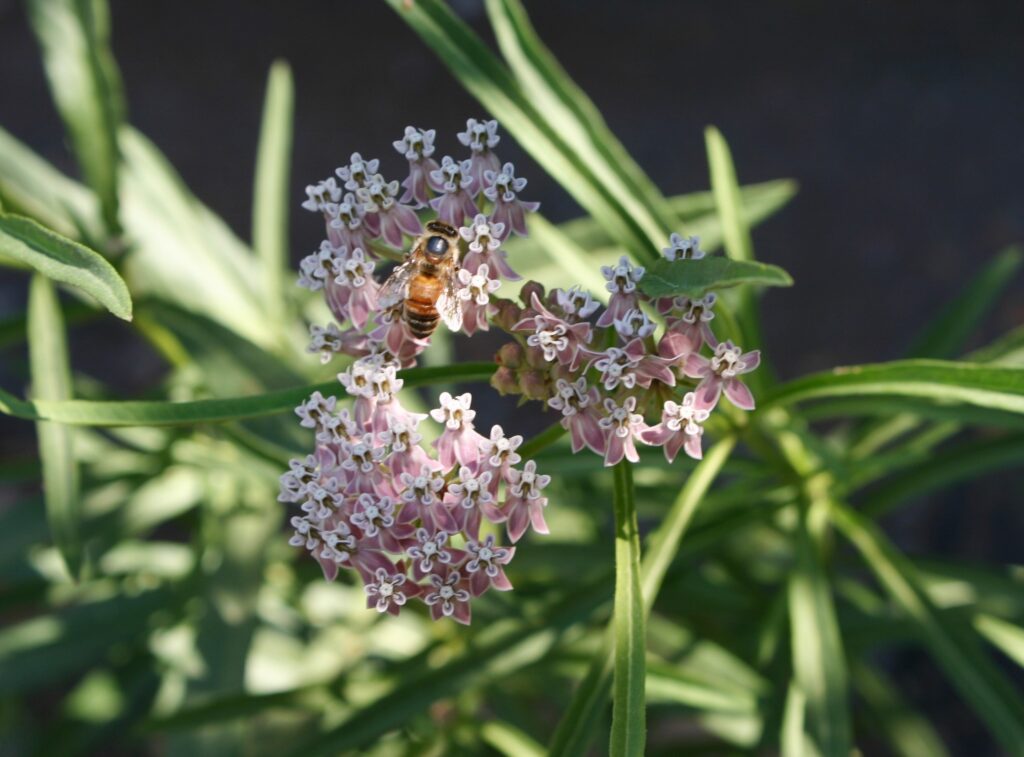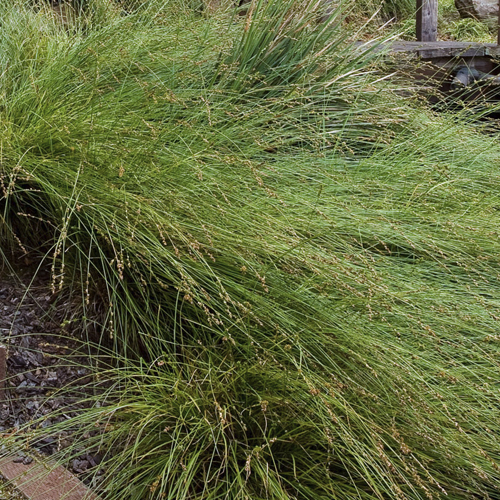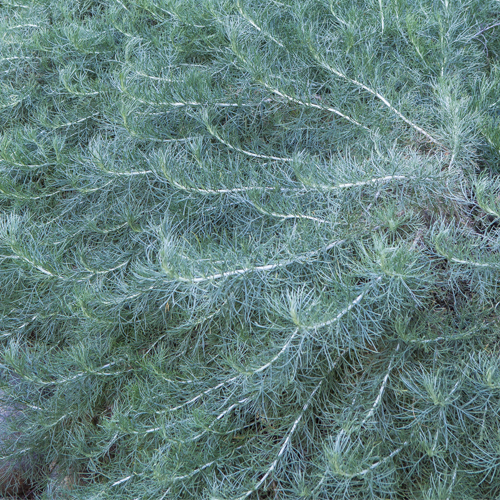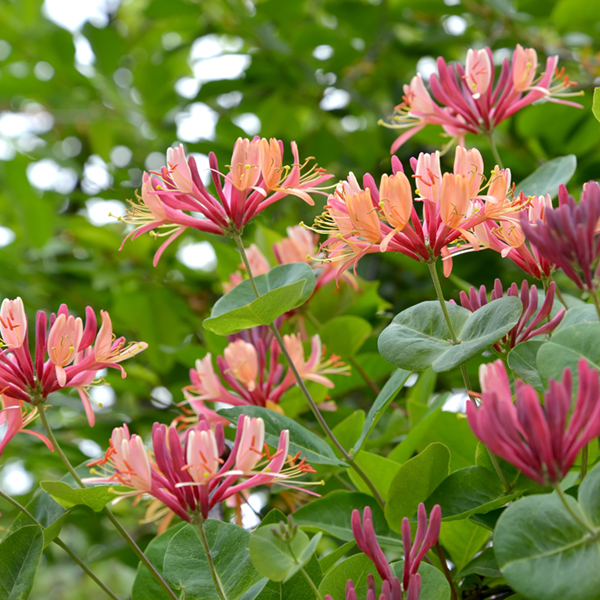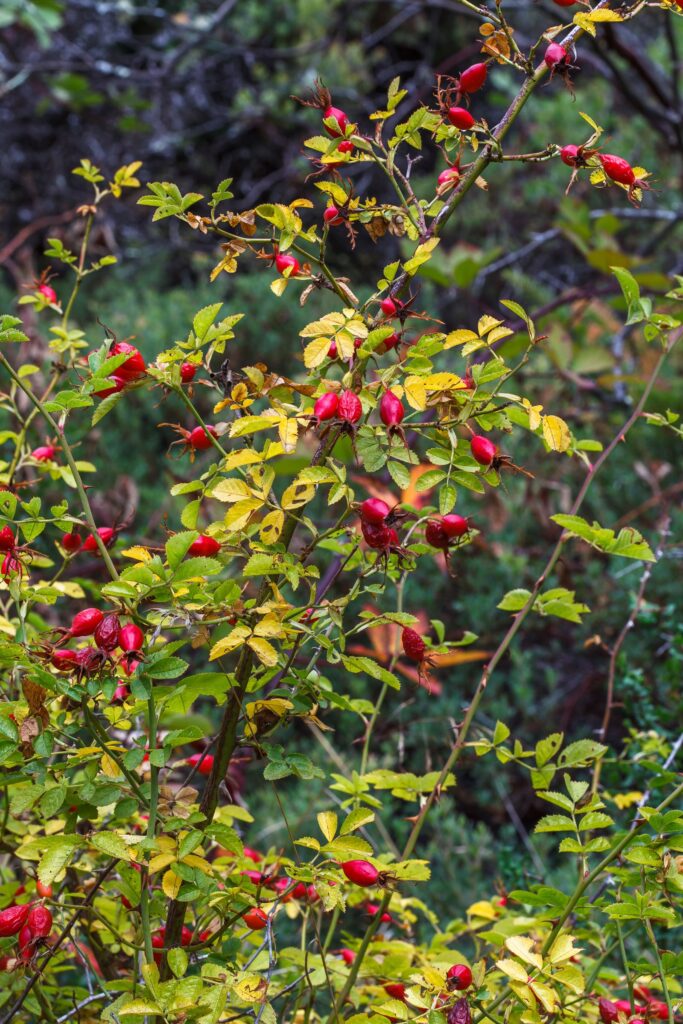Laguna Environmental Center Native Plant Demonstration Garden
BACK TO FULL TOUR
Garden Features
Drought Tolerant
California Natives
Drip Irrigation
Pesticide Free
Rainwater Harvesting System
Rain Garden
Reclaimed/Recycled Materials
Sheet Mulching
Lawn-Free Landscaping
Permeable Surfaces
Wildlife Habitat
Children's Play Area
Partner: Laguna Foundation
This garden is open from 10am – 2pm. They will have guided tours at 11am and 1pm.
Stroll through our two-acre native plant demonstration garden (open until 2:00 pm) and discover plants, habitat features, and water-wise landscaping that support local wildlife. Guided tours are offered at 11:00 a.m. and 1:00 p.m. for those who want a deeper dive into the garden’s design and plant collections.
Families can enjoy nature-themed crafts and a scavenger hunt highlighting local flora and fauna, making the visit engaging for all ages. You can also take a moment to see Heron Hall’s art exhibit, Ecosystems of California, featuring watercolor and ink paintings by Megan Gnekow of special-status Central California species.
Several local organizations will host outreach tables, including the California Native Plant Society, Milo Baker Chapter; the Santa Rosa Plain Groundwater Sustainability Agency (GSA); the UC Master Gardeners of Sonoma County; and the Xerces Society for Invertebrate Conservation, offering opportunities to learn about sustainability and local conservation efforts.
Located between Santa Rosa and Sebastopol, the Center is part of historic Stone Farm, a 112-acre property along Irwin Creek and the Laguna de Santa Rosa.
After Heron Hall was completed in 2012, staff and volunteers transformed a former cow pasture, dominated by annual grasses, into an all-native demonstration garden. The goal: show how native plants create beautiful landscapes while supporting wildlife and healthy ecosystems.
Over 12 years, volunteers have installed and cared for a diverse mix of native trees, shrubs, grasses, wildflowers, sedges, and herbaceous plants. Many were grown from seeds collected within the Laguna watershed, preserving local biodiversity.
The garden features something for everyone: a living willow tunnel for children, a wetland demonstration pond and swale fed by rainwater from Heron Hall’s roof, and an observation deck for birdwatching or enjoying the scenic views. These water-wise features show how thoughtful landscaping can reduce irrigation, manage stormwater naturally, and support wetland species.
Plantings highlight riparian, wetland, and upland species of the Laguna watershed. From basket sedge to box elder, the garden showcases species rarely seen in home landscapes, alongside favorites like valley oak, California poppy, yarrow, currant, and elderberry. Willow structures and hedgerows of coffeeberry and toyon provide food and shelter for birds, butterflies, reptiles, amphibians, and small mammals.
We hope your visit inspires you to add native plants to your own garden—for beauty, habitat, and water-wise landscaping—and to help create thriving ecosystems that support wildlife and the Laguna de Santa Rosa watershed for years to come.
PLUS: Meet local experts and learn more about sustainability! We’re excited to welcome three fantastic organizations that will be hosting outreach tables during the event:
- California Native Plant Society – Milo Baker Chapter – https://chapters.cnps.org/milobaker/
- Santa Rosa Plain Groundwater Sustainability Agency (GSA) – https://santarosaplaingroundwater.org/
- UC Master Gardeners of Sonoma County – https://ucanr.edu/site/uc-master-gardener-program-sonoma-county
- Xerces Society for Invertebrate Conservation – https://xerces.org/
Special Events



Plants in this Garden
Favorite Plants
Foothill Penstemon
Penstemon heterophyllus – cultivars like ‘GMR White’
Red-flowered Buckwheat
Eriogonum grande var. rubescens
California Fescue
Festuca californica
Bee's Bliss Sage
Salvia ‘Bee’s Bliss’
Checker Bloom
Sidalcea malviflora
Favorite Garden Suppliers
CNPS Milo Baker Chapter
900 Sanford Road Santa Rosa
Cal Flora Nursery
2990 Somers Street Fulton
Las Pilitas Nursery
2990 Somers Street Fulton
Recommended Resources
Calscape
Calscape offers a database of plants native to California, along with details on their characteristics and habitat requirements. Additionally, it aims to promote the use of native plants in landscaping to support biodiversity and to conserve water.Calflora.org
Calflora provides a platform for discovering information about California's wild plant life, including both native species and weeds.Gardening Tips
Be Patient!
“The first year they sleep, the second year they creep and the third year they leap!” This adage is especially true for CA native perennials.
Plant CA natives in the Fall.
It’s best to plant right before or during winter rains so they have time to establish before the summer heat.
Wood Chips
Use wood chips around plants to help retain soil moisture, suppress weeds and give a finished look.



























